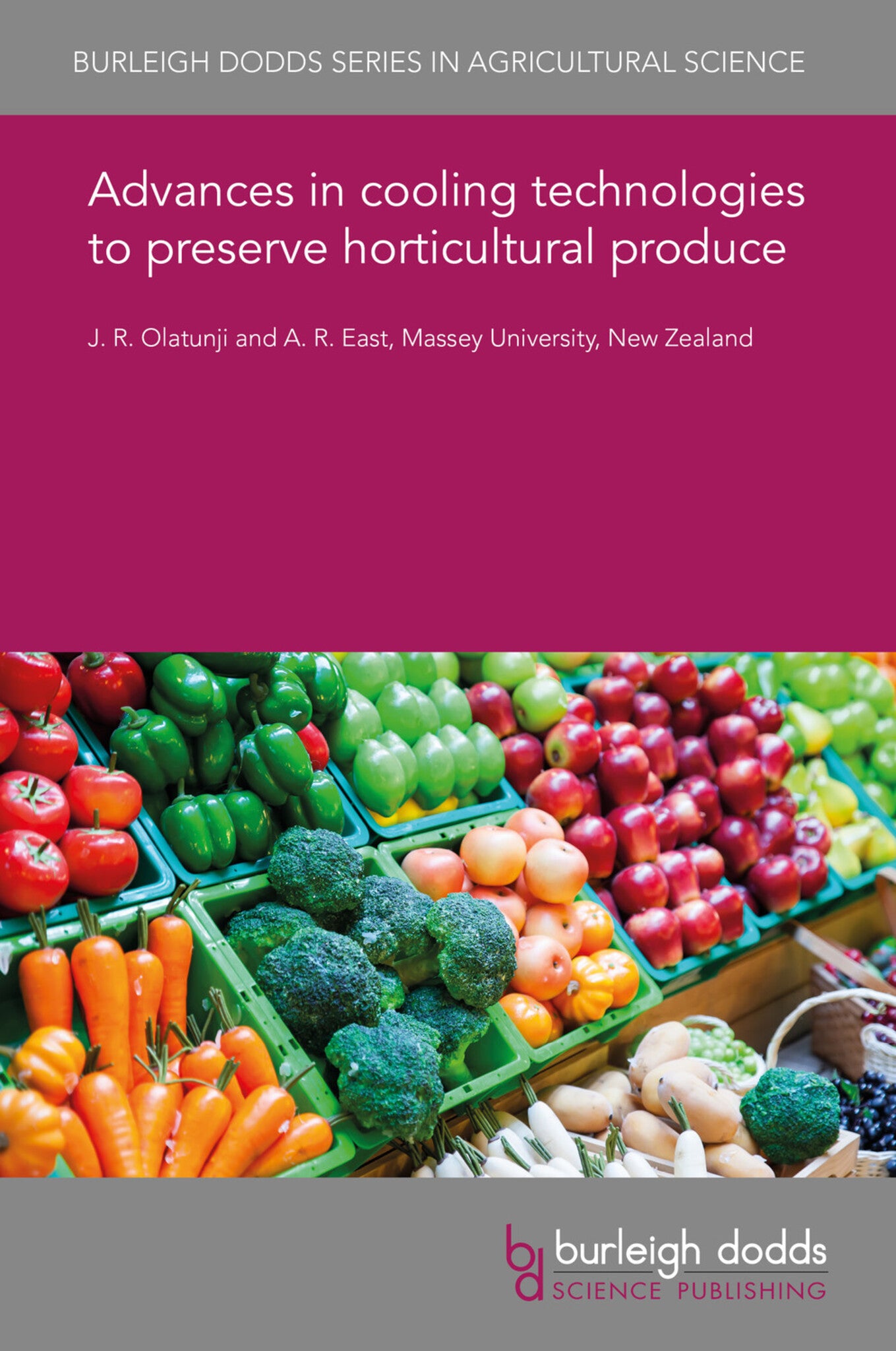We're sorry. An error has occurred
Please cancel or retry.
Advances in cooling technologies to preserve horticultural produce

Some error occured while loading the Quick View. Please close the Quick View and try reloading the page.
Couldn't load pickup availability
- Format:
-
20 January 2020


TECHNOLOGY & ENGINEERING / Agriculture / Sustainable Agriculture, Commercial horticulture, TECHNOLOGY & ENGINEERING / Agriculture / Agronomy / Crop Science, Sustainable agriculture, Agronomy and crop production

1 Introduction 2 Cooling methods and choices 3 Advances in package design to influence cooling 4 Advances in assessing homogeneity 5 Fruit simulators 6 Cooling impact on long-term product outcomes 7 Advances in vacuum cooling 8 Horticultural cooling in developing countries 9 Case study: Cooling of the New Zealand Hayward Kiwifruit 10 Conclusion 11 Acknowledgements 12 Where to look for further information 13 References



